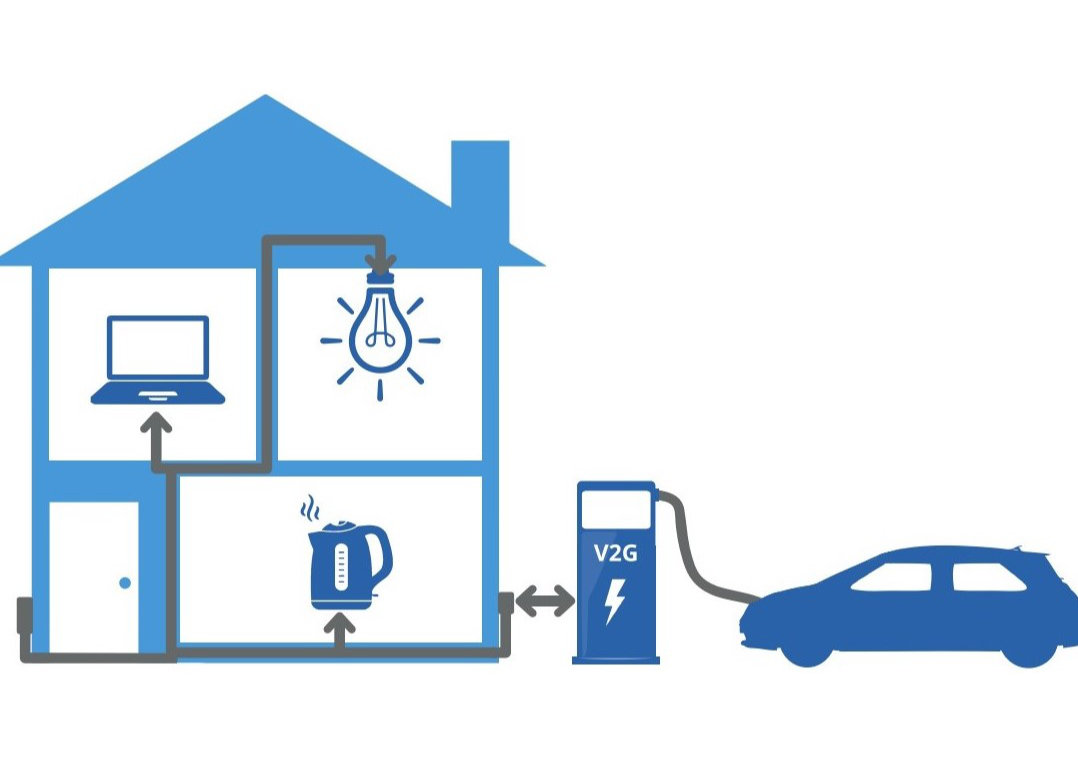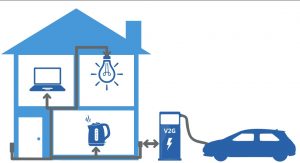
- Categories:
- News
- /
- Announcement
Why modelling – simulating scenarios for real world application
When putting valuable technology into the field, making mistakes can be expensive and time consuming. However, by developing a digital prototype you can explore multiple scenarios in a safe environment and validate ideas before the real world testing begins. This is done through modelling – an artificial representation of a real system to simulate usage or behaviour within an environment or market.
Simulating outputs
You can use the outcomes from modelling to inform your choices, by modifying input data then assessing the various results and choosing the best options for the desired outcomes.
For example, you can evaluate the value of installing photovoltaic (PV – solar panels) at different locations by simulating how much energy can be generated from the panels with different angles and orientations. Then applying the generation profile to a known on-site electricity demand and electricity tariffs.
When you put all the constituent pieces together, you can build a reasonably good model that calculates the value of the proposition of putting PV on your roof. You can then put an informed business case together based on those generated outputs.
Predicting problems
Another benefit of simulating systems is that they enable you to predict conflicts or unexpected behaviour before there are any real world implications.
When considering a complex system, once it gets beyond your ability to understand the entire process then simulating it in a model can give important insights into the arising behaviour of the system as a whole.
The results achieved might be unexpected and it doesn’t take very long until you start to get elements that are behaving in ways that may conflict or hadn’t been anticipated at the beginning.
Having this information in advance allows you to adapt and avoid the pitfalls.
Optimisation
Optimisation is a useful modelling approach for problems where it’s difficult to solve with an algorithm. In optimisation you are maximising or minimising the value of something subject to a number of constraints, by utilising a mathematical approach to find the optimal solution.
REVOLVE is an optimisation model that works on up to 1,000 electric vehicles with vehicle-to-grid, subject to a few constraints such as:
Et <= Et-1 + (Charge Rate × timestep) Where Et is energy in battery at time t
Et >= Et-1 – (Discharge Rate × timestep)
These example constraints (simplified here for clarity) show how you are preserving energy during time steps. The so called objective function to maximise the value, takes the form of:
Maximise{ ∑(Discharge energy(t) × export tariff(t)) – ∑(charge energy(t) × import tariff(t))}
So it calculates how much money do you get from selling your energy minus how much you pay to buy energy and optimises the total. The REVOLVE model looks at these and lots of the other constraints applied to solve the problem for us.
The REVOLVE model can be used to simulate future scenarios of EV charging, determine the flexibility across a portfolio of sites, and then optimise the use of the assets against electricity prices and flexibility markets.
Usability
A model is only as good as the user who can run the model then interpret and check the results. Bad data in leads to bad outputs – expertise with model configuration, running and insight gathering are all important.
While modelling outcomes doesn’t give you real world results, it is a fast and inexpensive method of trialling ideas without risk.
Get in touch to see how modelling can inform your low emission decisions
